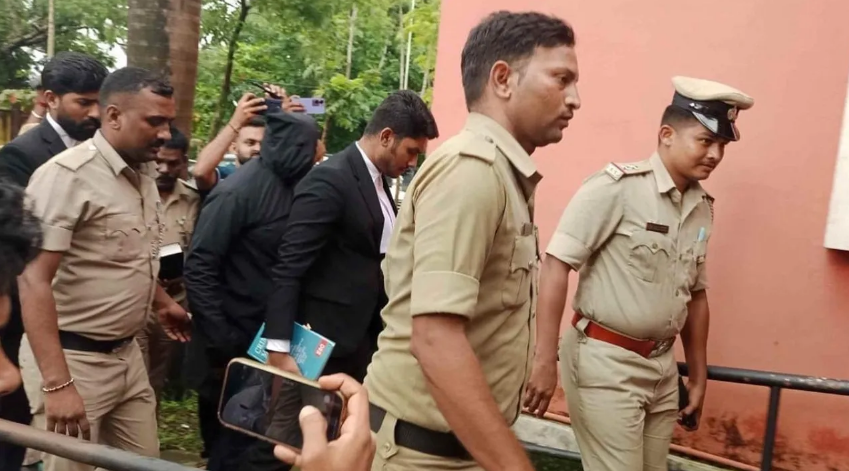Dharmasthala, Karnataka: Recent reports of multiple murders and mysterious activities near the Dharmasthala pilgrimage site have captured public attention. The controversy intensified when a former worker claimed to have personally buried several corpses in the area. His statements, initially believed by both police and the public, created widespread alarm in the South Kannada district.
The Karnataka government subsequently formed a Special Investigation Team (SIT) to probe the claims. The former worker led authorities to 17 alleged burial sites, but investigators did not find any bodies. Further inquiry revealed that the individual, identified as C.N. Chinnayya, also known as Chenna, had provided false information. He was arrested after it became clear that his testimony was fabricated, misleading both law enforcement and the public. Additionally, a woman named Sujata Bhat claimed a connection between her missing daughter and the Dharmasthala case; authorities later confirmed that she did not have a daughter.
During the investigation, Chinnayya admitted to allegedly burying 70–80 bodies between 1998 and 2014 at 15 locations. However, human remains were recovered at only one site. Police confirmed that the whistleblower’s guidance was false and that the case involved submission of fabricated evidence. Chinnayya has been taken into custody and will be presented before a magistrate. Several questions remain unanswered: Why did the worker suddenly retract his claims after challenging authorities for a live polygraph test? Why did Sujata Bhat change her statement? And why did the police not detect inconsistencies earlier despite ongoing investigations since the FIR was filed on July 4?






